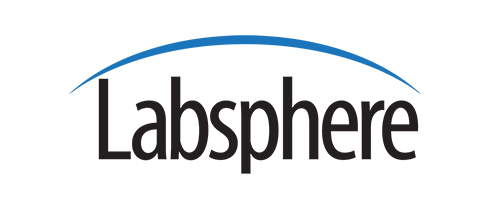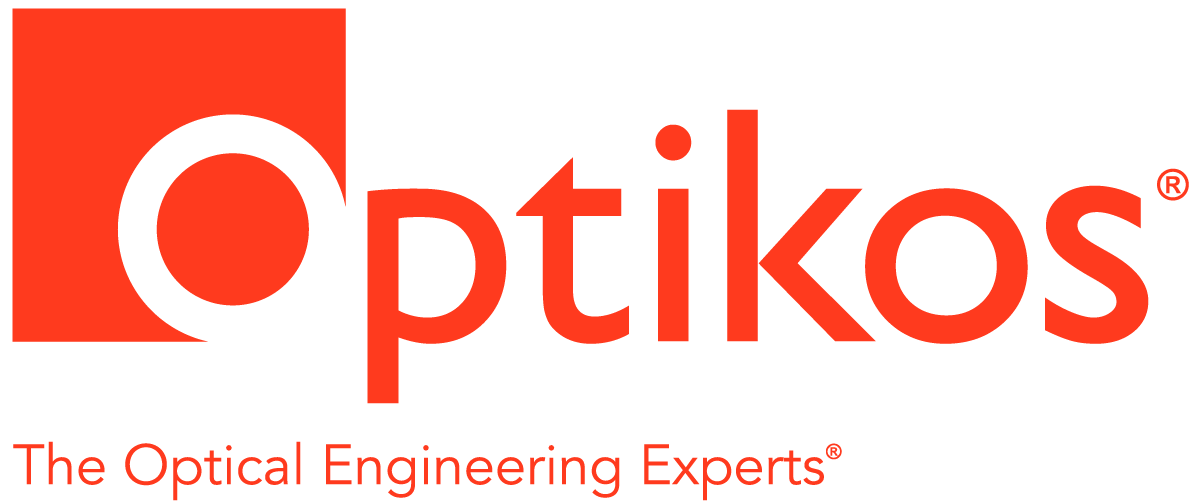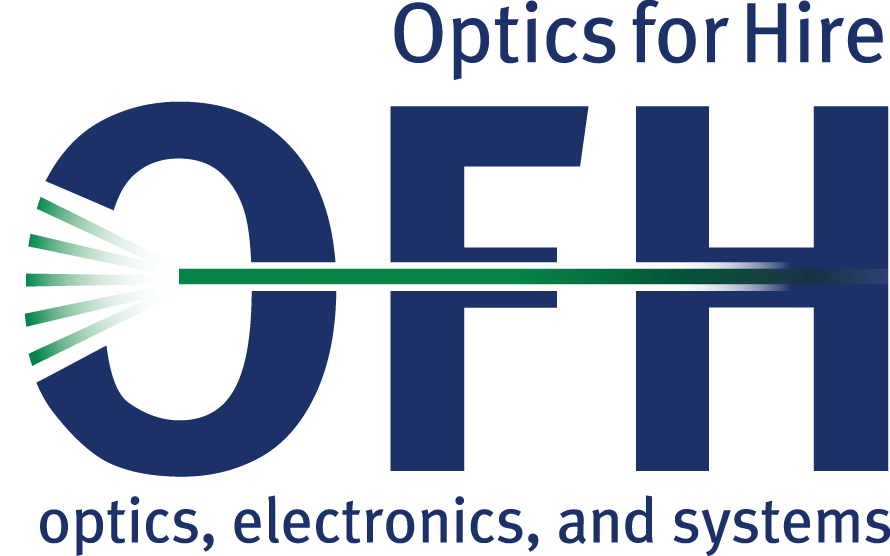May 14, 2015 - George Barbastathis
| Location: | Rebecca's Cafe, 275 Grove St., Auburndale, MA 02466 | |
| Dinner Reservation Deadline: | May 11, 2015 @ 6pm | |
Compressive phase retrieval
Compressive sensing is a class of image recovery techniques utilizing sparsity priors to recover undersampled signals with high fidelity. This talk is about compressive sensing for phase retrieval from coherent fields and correlation function retrieval from partially coherent fields. For coherent fields, I will discuss in particular the use of intensity priors in the “transport of intensity equation” method, where the phase is obtained by analogy to a lateral pressure potential in a compressible flow. Transport of intensity is especially interesting in the x-ray regime, where standard interferometry is difficult because common sources are spatially partially coherent and beam splitters-combiners are not available; as a convincing example, I will show how the sparsity prior of quasi-constant object density allows successful x-ray phase recovery despite the low coherence. For partially coherent fields, I will describe how by using phase-space (Wigner space) methods and sparsity priors on the number of coherent modes it is possible to retrieve the correlation function, which can still lead to complete characterization of physical objects.
MEETING SPONSORED BY





